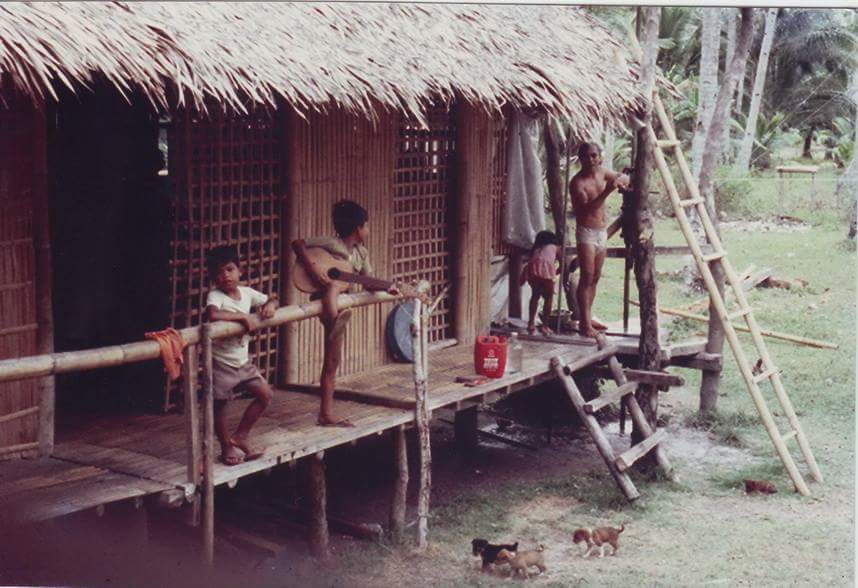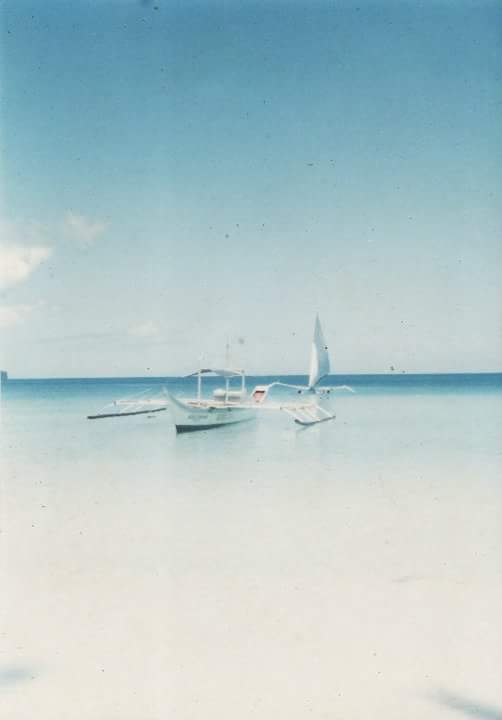Three Things: Literature, nature and everything in between.

Boracay, a small island gleaming off the coast of Panay, is one of the most photographed destinations in the world. Its world-famous White Beach has graced covers of travel magazines, captivating both domestic and international audiences. Today, the island is famous for its luxurious hotels, exciting water activities, and vivid nightlife.
Like most of our ancestral lands, however, a step back in time will take you to a quiet and modest island inhabited by the Ati people, unperturbed by threats of pollution, land grabbing, and globalization. Back in the day, idyllic scenes of an Ati farmer riding a carabao along the coconut-fringed White Beach would appear on postcards and capture the hearts of intrepid foreigners from across the world.

For decades, locals from all over Western Visayas hoped that the island would remain a secret, but there was something about it that attracted so many people. It didn’t take too long for the island to be a backpacker’s haven.
For a nature-loving 90s kid, Boracay was paradise. No man-made structure was as majestic as the coconut trees, no artificial light was as bright as the night sky. Luxury, then, came in a 2-bedroom Nipa hut, with a bamboo balcony dimly-lit by multicolored lanterns where you can peacefully watch the sun disappear below the horizon.

If your room had an electric fan and an en suite bath, consider yourself lucky. The number of amenities and conveniences rarely mattered in Old Boracay. As long as you could hear the breeze at night and walk straight to the shore at dawn, you can’t ask for anything more. Most nights were deafeningly quiet, except, say, for the sound of waves crawling back to sea. The powdery white sand stretched as far as the eyes can see.

Every summer, it was my family’s ritual to visit Boracay for a night or two before heading for Romblon, my mother’s hometown, which has its own montage of beautiful beaches. But Boracay’s monumental growth is not shared by its neighboring towns, even up to this day.

Boracay was paradise, if you still believe in such a place. But like an afternoon daydream, the image quickly disappeared. In a span of two decades, mid-rise buildings dotted the shoreline and replaced the modest cabanas, coconut trees were cut down to make way for that million-dollar view, and more trees were cut to build golf courses and luxury resorts.
Busloads and boatloads of tourists flocked the island until the Atis were stripped of their land and the island could no longer be managed sustainably. The Atis who stayed resorted to peddling herbal medicine and handcrafted trinkets, many of them slept in the sand, left at the mercy of tourists and NGOs.

Old Boracay holds a special place in my heart. But it was never mine to claim. Sentimentality aside, the beauty of the island could have been preserved, if not for greed and arbitrary policy making. The far-reaching effects of globalization reflects on the state of Boracay’s coral reefs and hills, the algal overgrowth, the cigarette butts and glass shards buried in the sand, and the trails of trash that turn up every morning.

It’s always a delight to catch a glimpse of Old Boracay, but so much work has to be done. And while it’s more important to get started and find ways to reverse the damage, it’s also nice to just flip through old photo albums and be reminded of how beautiful it once was.
What's Your Reaction?
Three Things: Literature, nature and everything in between.


This article made my heart ache 🙁
Childhood memories restored! Haaay.
Wild parrots used to frequent the island. When I was covering it, I used to see one still, flying around, but maybe owned by someone…so, there’s a reason why the first European backpackers who came here in a boat chose to reveal it in latitude and longitude. They knew what was gonna happen when people find out exactly where it is.